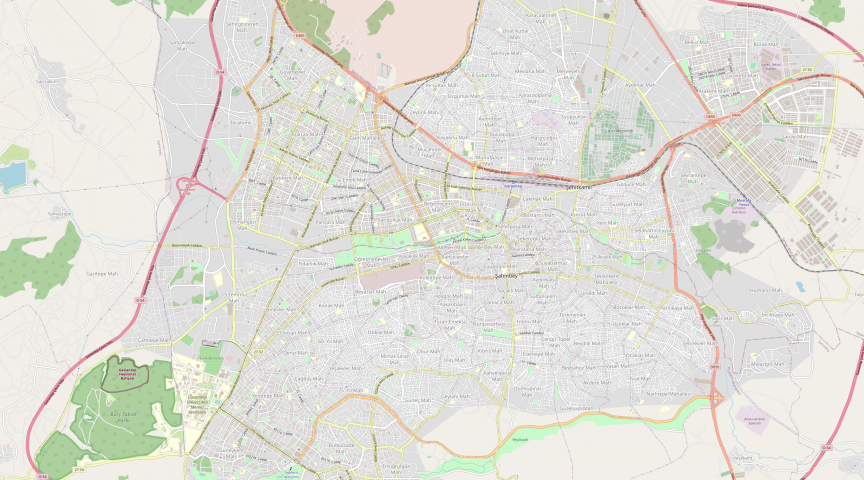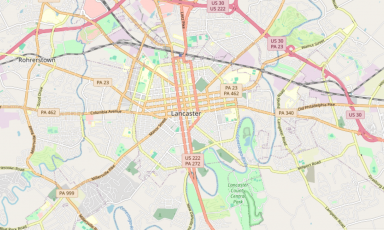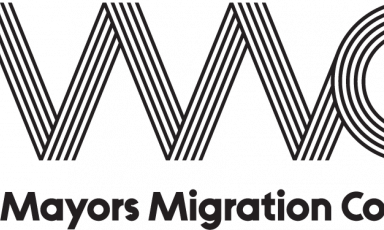Gaziantep, Turkey
The Gaziantep Social Cohesion Model

Summary
Gaziantep, a city in the southeastern part of Turkey, has successfully integrated 500,000 refugees and has grown its population by 25 percent due to newcomers fleeing the crisis across the border in Syria. From the very start of the migration explosion, Gaziantep addressed an important question: Do refugees cause social, political, and economic destabilization? They knew that the answer to this question would shape all of our actions in this critical time, and ultimately Gaziantep answered definitively: Refugees do not cause destabilization; poor leadership and policies do. Working together with UN Agencies, NGOs, INGOs, public entities, they implemented Gaziantep Migration Model’s (GMM) migration policy has a humanitarian approach based on social justice and human rights. The GMM established Turkey's first Migration Management Directorate to lead the refugee response programme of the city, ensuring no one is left behind. The GMM's policies are based on ensuring the common welfare of refugees and host communities.
Impact
The influx of refugees has placed huge demands on municipal services, with insufficient human resources and budget and the language barrier posing another issue to the municipality, especially experienced during the COVID-19 outbreak. The lack of collaborative work of other municipal units, public institutions, NGOs, and INGOs caused an important capacity gap. In order to respond to these challenges, the municipality established a unique department focusing on migration management, starting collaboration efforts with different stakeholders. With the GMM, when responsibilities were shared and efficient cooperation took place, many of the challenges were overcome.
Lessons Learnt
- There is no alternative to seeking universal and equal access to basic human rights and social services for migrants and refugees, without discrimination of any kind. Refugees can be a resource rather than a burden and are making tremendous contributions to the economic and social fabric of our cities.
- Every city has unique circumstances and dynamics, and so cities have adapted our model accordingly. But the fundamentals of addressing migration through a lens of inclusion and a respect for human rights has been core to successful management at the local level.


